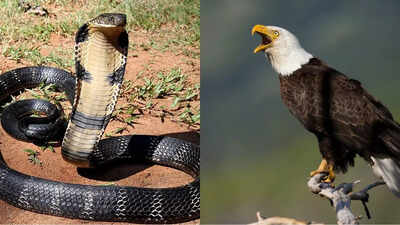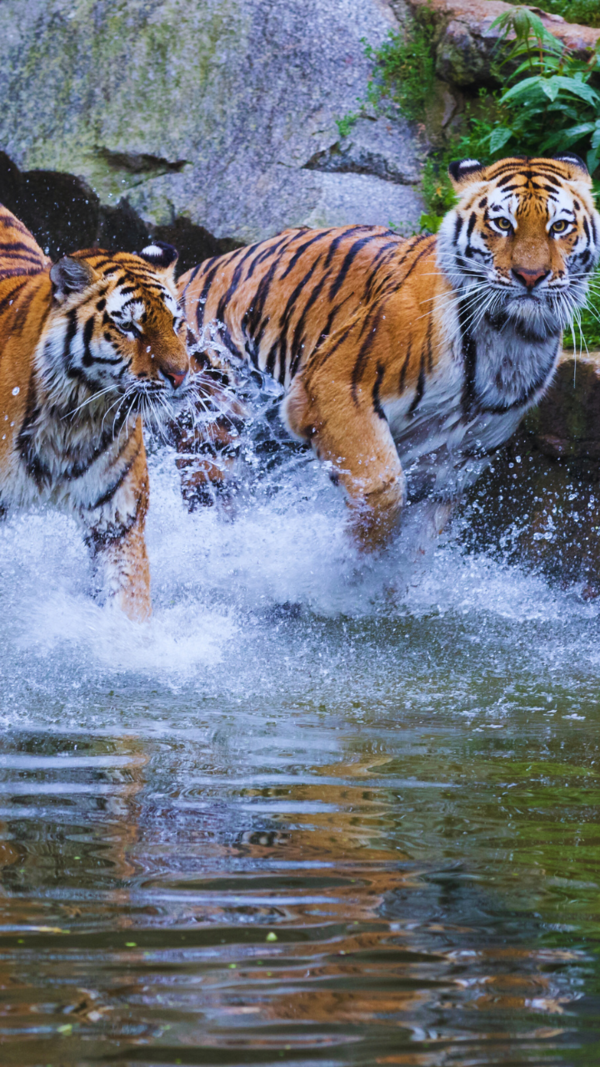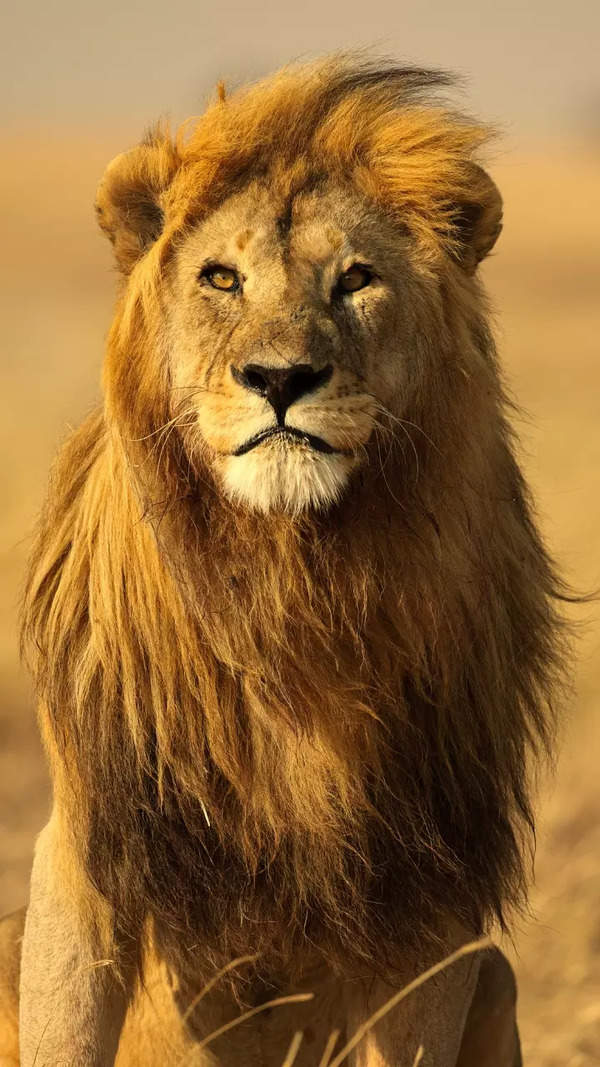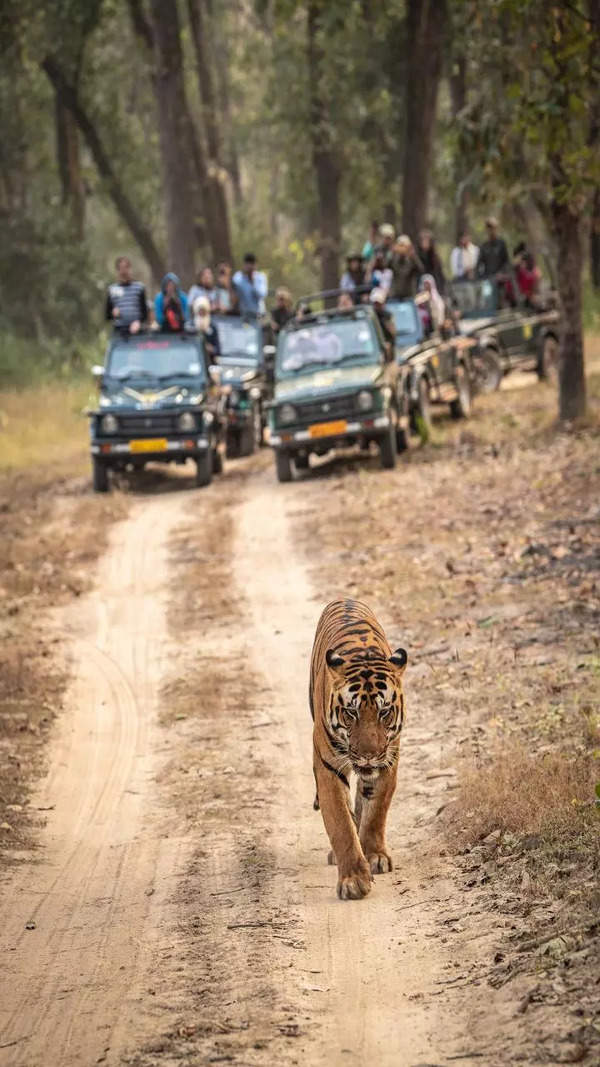The King cobra and the Eagle are among the world's most powerful predators, each possessing their respective special skills and traits that make them deadly in their own unique manners. As the King cobra boasts its venom and silent kill attacks, the Eagle has its agility and sharp beaks to rule the skies. But what if they were to fight? Who would be the one who would emerge victorious? Examine the capabilities and strengths of both animals in order to understand what the likely result of a fight between these two animals is.
Difference between king cobra and eagle
Characteristics
| King cobra
| Eagle
|
Speed
| 1.5 mph (slow-moving)
| 240 mph (during dives)
|
Hunting Style
| Ambush predator, relies on stealth and venom
| Aerial hunter, uses speed and sharp talons
|
Defense Mechanism
| Flared hood, venomous bite
| Sharp talons, strong wings, aerial mobility
|
Strength
| Powerful constricting muscles
| Strong wings and talons, capable of lifting prey
|
Vision
| Good for spotting prey at short distances
| Exceptional eyesight, can spot prey from miles away
|
Diet and Endurance
| Can go weeks or months without eating
| Needs regular hunting to sustain energy
|
Primary Weapon
| Venomous bite, constriction
| Talons for tearing flesh, powerful flight
|
Size/Weight
| Can weigh several kg, long, slender body
| Powerful, strong body, weighs around 3-6 kg
|
Temperament
| Usually calm, non-aggressive
| Aggressive when hunting or threatened
|
Habitat
| Forests, plains, grasslands
| Mountains, cliffs, open terrains
|
King cobra vs. Eagle
The King cobra and the Eagle are both powerful predators in their respective realms, using their own distinctive physical attributes and hunting styles to rule their territories. The King cobra uses venom, stealth, and patience, whereas the Eagle uses speed, sharp talons, and acute vision. An examination of their qualities and how they would likely fare if they were confronting each other head-to-head is provided below.
Speed and hunting styleKing cobraKing cobra is a slow-moving predator with movements of around 1.5 mph. Cobra does not use speed but ambushes rather. Cobra stands patiently in some hidden location with camouflage to ensure it goes undetected. When prey moves close, Cobra attacks with precision and venom.
Eagles, however, are quite agile and quick birds. Eagles dive at 240 mph when they dive at high speeds. Eagles, being aerial predators, survey the ground from a high altitude with their keen eyesight to spot prey. When spotted, they dive at high velocities, employing their pointed claws to catch and kill the prey.
Defensive and offensive strengthThe King cobra also depends on the venom bite and defensive hood. It unfurls its hood and expands, appearing larger, scarier to enemies when threatened. When threatened but the warning has not been paid attention to, it uses the venomous bite that kills or paralyzes the target. The Cobra has some of the most deadly in the animal world and will be able to kill a human being within minutes.
Eagles also defend themselves from harm by means of their sharp, piercing talons and powerful wings. Not only are their talons employed in seizing prey, but also in defending from harm. Their powerful and agile wings enable them to fly fast and escape harm as well as provide crushing attacks if needed. For their talons would be the ultimate weapon if it were a case of fighting.
Strength and enduranceThe King cobra is also endowed with powerful constrictor muscles from which it overwhelms prey using its strength and asphyxiates them. It still insists on utilizing venom over muscular energy to paralyze prey. The King cobra has another special trait, and this is the potential to survive without food for weeks or even months based on energy reserves, and this provides a huge resilience with food scarcity.
Eagles have strong talons and strong wings, and using these, they can carry loads as heavy as themselves. Eagles can lift and transport loads that are as heavy as their own body weights. Even though eagles lack the King cobra's endurance of existing for years without feeding, the frequency and strength of their hunting ensure that they remain active and healthy.
VisionThe King cobra is well-equipped to see at close range for its prey but does most of its hunting using camouflage and ambush. Its camouflage skill and hiding ability until the proper time are the key elements in its method of hunting. Compared to the Eagle, the visual acuity of the King cobra is not as effective for searching out its prey.
The eye vision of an Eagle is exceedingly excellent with the ability to notice its prey up to 3 or 4 miles away. The incredible eyesight is credited as much to make it very effective at hunting and has the ability to detect the prey far from it, in the field in the guise of an animal or in the sea in the form of fish. This pervasive eye vision enables the Eagle with massive superiority on wildlife, more so when involving chasing prey with vision from airborne distances.
Size and weightThe King cobra reaches a length of 18 feet and a few kilograms of weight. Its long, narrow body is utilized for stealth and accuracy, and it utilizes it in order to
ambush prey. Despite being enormous, its function is to remain camouflaged rather than employ brute strength.
Eagles are usually 7.5 feet wide, with the muscular build that makes them large birds. They usually weigh 3 to 6 kg, according to species. Their power and wingspan may not be as vast as the King cobra's but are still greater when it comes to flying around, and they can outfly prey and predators in the air.
Diet and enduranceKing cobra goes weeks or even months without food because its metabolism is slow. It's able to accomplish this since it possesses the feature to survive time between hunting relying on the feeding energy reserves. It mainly consumes other reptiles such as lizards, smaller snakes, and even other cobras.
Eagles, unlike the King cobra, need to hunt frequently in order to survive. They primarily feed on fish, small mammals, and birds. Their frequent hunting keeps them active and healthy. Eagles cannot live for long periods of time without food, and frequent hunting is thus essential for their survival.
Temperament and behaviourThe King cobra is not a deadly snake unless provoked or threatened. It does not look for a fight and would instead retreat if possible. Its venom is its defense, and it will only attack if threatened, cornered, or attacked. It is a solitary animal and spends most of its time concealed in plants or underground burrows.
Eagles are very aggressive, particularly in defending their nesting area or hunting territory. Eagles are territorial species and will do everything in their power to protect their territory from intruders using force. Although solitary hunters, eagles do possess the ability to establish strong relationships with their mates, particularly when nesting. Eagles are not only powerful where they live, but also ruthless in defending what belongs to them.
King cobra vs. Eagle: Who would win?
For protection, King cobra's main protection is the hood, and it inflates to intimidate intruders.
This intimidating stance with venom can serve as a big defense against smaller predators. Eagles are effective flying predators and also possess sharp claws and strong wings that can be capable of protecting them from predator attacks at ground level. The flying capability of the Eagle also cuts down on the chance for a ground predator, such as the King cobra, to land a successful attack.
During combat, the King cobra would probably utilize its poisonous bite and try to catch the Eagle by surprise.
The flying and speed prowess of the Eagle would probably make it impossible for the snake to land a successful blow, though. The Eagle's talons would be fatal, however, if it could dive upon the Cobra and strike first. The fight would be determined by whether or not the Eagle was able to strike fast enough before the venom could take hold. Endurance and Feeding Habits
One of the advantages the King cobra has over the Eagle is its ability to go without food for many weeks. A King cobra can go weeks or even months without sustenance, making it very resilient in a prolonged fight to survive. Eagles need to hunt often to survive, and this could be to their disadvantage if they are unable to quickly capture the Cobra.
In a battle between a King cobra and an Eagle, the outcome would depend on speed, strategy, and timing. While the King cobra has deadly venom and an intimidating defense, the Eagle has superior speed, sharp talons, and aerial agility. If the Eagle manages to strike first with its powerful claws, it could fatally injure the snake before the cobra has a chance to bite. However, if the King cobra successfully lands a venomous bite, the Eagle would be at a severe disadvantage. Ultimately, the Eagle’s speed and precision give it a higher chance of winning in a direct encounter.
Also Read | Rajasthan forest department unveils first-ever photo of India's elusive caracal wildcat









